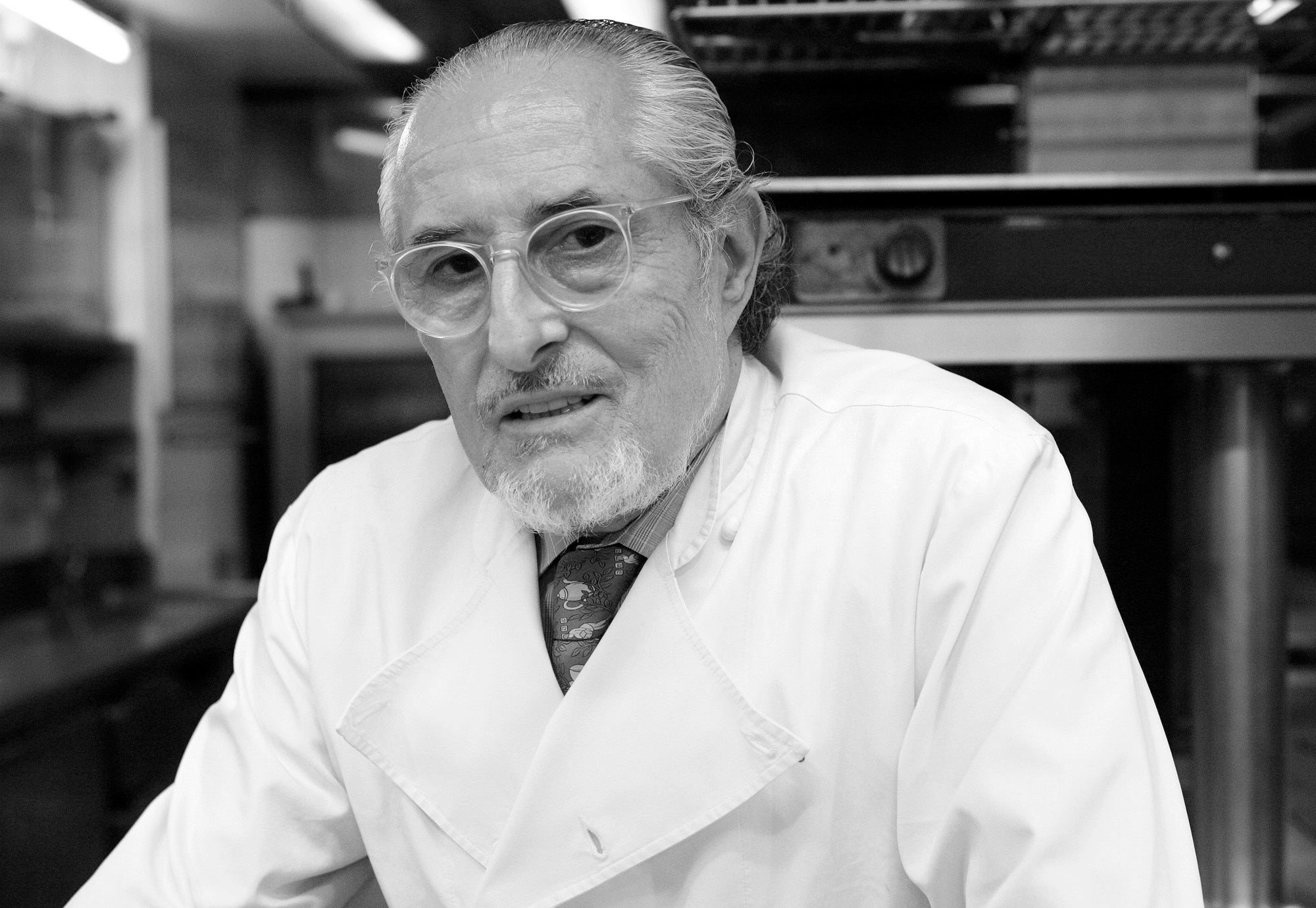Alain Senderens: world-renowned chef who helped to transform France’s cuisine
Senderens was described by restaurant critics as ‘the Picasso of French cooking’

Alain Senderens was a world-renowned French chef who helped transform his nation's cuisine twice, first by popularising the light, seasonal tastes of nouvelle cuisine in the 1960s, and again in recent years when he forfeited a three-star Michelin rating to feed the less formal gourmand.
Senderens was among the most celebrated chefs of his generation, a culinary artist described by the French restaurant critics Henri Gault and Christian Millau as “the Picasso of French cooking.” He first became known as the proprietor of L’Archestrate, on Paris’s Left Bank on the Rue de Varenne. He opened the restaurant in 1968 and a decade later earned his first three-star Michelin rating, a rare honour from the venerable red guide denoting “exceptional cuisine, worth a special journey”.
Makers of such a special journey might have enjoyed Senderens’s lobster with vanilla, a signature dish of his kitchen that New York Times food critic Craig Claiborne deemed “a triumph of taste over logic”. Or they might have partaken of his pork cooked in the style of ancient Rome, with apricots, raisins, wine and honey (the restaurant was named for Archestratus, the Greek foodie of antiquity).
Along with chefs including Paul Bocuse and Michel Guerard, Senderens helped develop nouvelle cuisine, which dispensed with the heavy sauces of traditional French fare for lighter, often healthier dishes with an emphasis on fresh produce. “Nouvelle cuisine,” Senderens told Claiborne, “is for the happy few – the cultured, the intelligent and educated.”
In the 1980s, Senderens moved to the Paris restaurant Lucas Carton, a mainstay of the Place de la Madeleine where Marshal Ferdinand Foch of France and US General John Pershing were said to have hammered out terms of the armistice at the end of the First World War. Under Senderens, the restaurant remained an eminent and expensive affair.
A typical meal might have included an appetiser of royal langoustines wrapped in crisped vermicelli, shellfish cream and roasted almonds; a main course of crusty calf served with Thai vinaigrette, carrots prepared as tagliatelle and popcorn; and a dessert of souffleed meringue with peppermint and its liqorice ice-cream.
For nearly three decades, Lucas Carton boasted three Michelin stars. But in 2005, Senderens remarkably declared that he wished to renounce the rating, along with the heavy staffing, fancy linens and floral arrangements, and other trappings that went along with the most haute of haute cuisine. Cooking while striving to maintain the Michelin rating, he said, was like “working under the sword of Damocles.”
“I don't want to feed my ego anymore,” he said. “I am too old for that. I can do beautiful cuisine without all the tra-la-la and chichi, and put the money into what’s on the plate.”
Senderens employed an architect to redesign the restaurant’s interior, keeping its famous wooden features but adopting a more modern, international decor. Marble tabletops were lit from the inside. Japanese paintings represented the Asian profile of many dishes on Senderens’ menu.
With a pared-down staff and fewer luxuries, the price tag for a meal dropped, attracting a younger, less formal clientele. To Parisians, the change was so cataclysmic that Le Figaro compared it to the fall of the Berlin Wall.
Michelin disputed that the stars were Senderens’s to return and awarded the new Lucas Carton restaurant, renamed Alain Senderens, a two-star rating. Senderens described its offerings as “three-star cuisine but not at three-star prices”. He joked that he replaced turbot with burbot, a cheaper fish, and forsook truffles but not imagination.
“To make a pigeon in soy sauce and serve it with tea, even for me that makes me afraid,” he said in 2005. “Have I gone too far? Will I be taken for a fool? But oh, the juices I can make with vegetables!”
Senderens was born in Hyères, in south-eastern France in 1939. His father, a barber, and his mother “thought that the principal things in life were eating well and reading”, Senderens recalled. He was an apprentice at a hotel in Lourdes before becoming a rotisserie chef at La Tour d’Argent, the historic Paris restaurant. After his retirement a few years ago, the restaurant Alain Senderens became known once again as Lucas Carton.
Senderens’s writings included The Table Beckons: Thoughts and Recipes From the Kitchen of Alain Senderens and cookbooks written with his wife, Eventhia Pappadinas Senderens.
Senderens was widely known for the thought that he put into every detail of a meal, from wine pairings to presentation. But there was thinking and there was overthinking, he seemed to say, and details that mattered and those that didn't.
“We don’t have the right any more to throw out clients who arrive in sneakers without a coat and tie,” he said. “Sometimes in the evenings here there are clients who are so self-conscious they don’t even dare to talk to each other. Dining has become too intellectual.”
Alain Senderens, chef and restaurateur, born 2 December 1939, died 25 June 2017
© Washington Post
Join our commenting forum
Join thought-provoking conversations, follow other Independent readers and see their replies
Comments